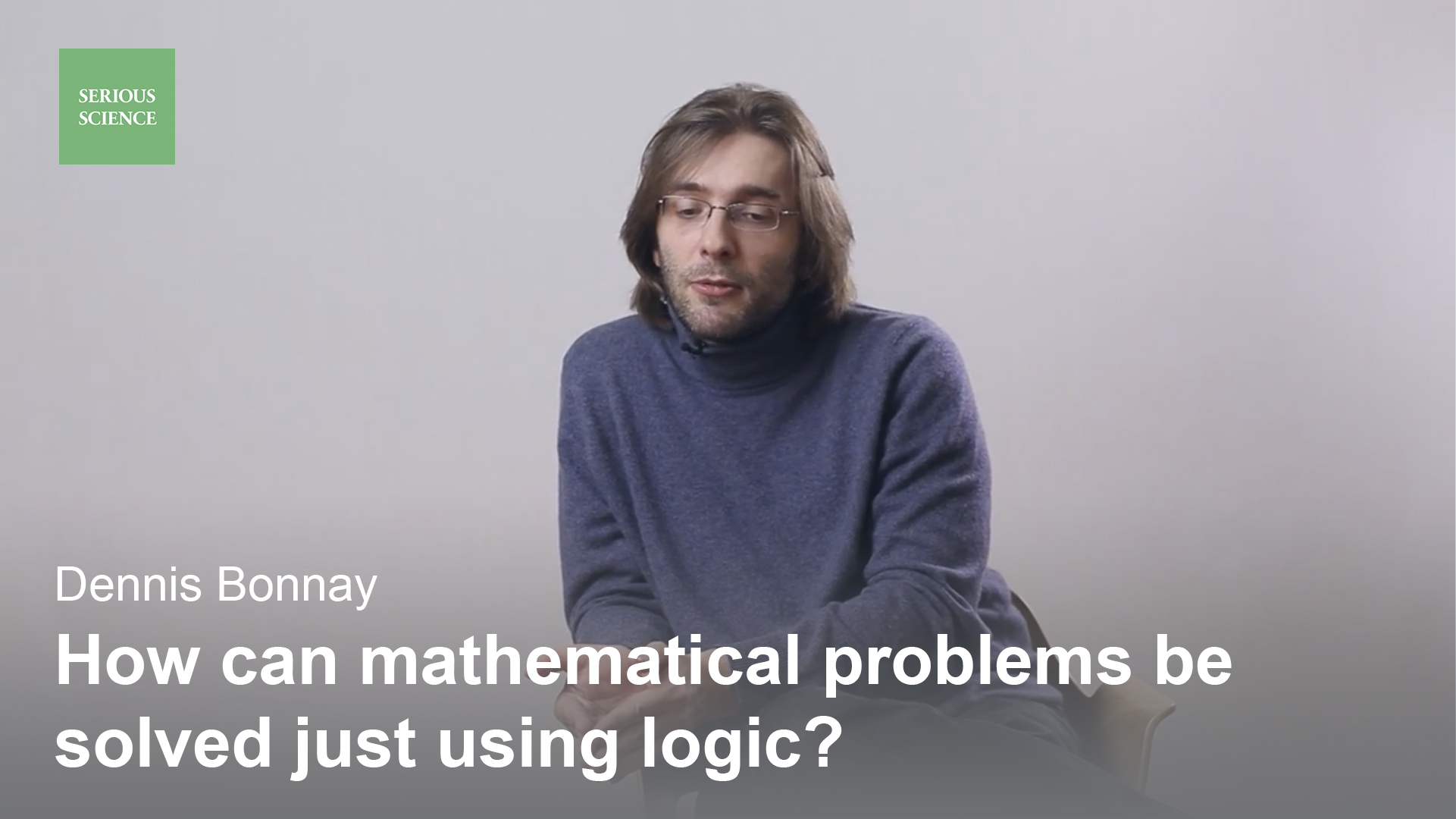In the labyrinthine realm of academia, the question of whether computing is a branch of science, mathematics, or logic beckons exploration akin to a philosopher’s quest for the essence of existence. Each discipline holds its own treasure trove of insights, yet their intertwinement creates a tapestry richer than the sum of its threads. As we delve into this conundrum, the roles of science, mathematics, and logic crystallize, revealing their intricate interdependencies and unique contributions to the field of computing.
Computing, in its most granular definition, is the mechanized process of using algorithms to manipulate data. This sounds deceptively straightforward, yet it serves as a portal into a labyrinth of concepts that demand clarification. At the outset, one must grapple with the characteristics that delineate each contributing discipline. Science, with its empirical backbone, pursues the validation of hypotheses through experimentation. Mathematics, on the other hand, is a language—a framework for expressing abstract relationships through symbols and equations. Lastly, logic stands as the stalwart guardian of reason, providing the rules that govern valid inference and deduction.
To embark on our inquiry, let us first examine the paradigm of science. In the realm of computer science, one can find a rigorous foundation that embraces the scientific method—a systematic approach to inquiry. The experimental nature of algorithmic design echoes scientific exploration; computer scientists formulate hypotheses about the performance of algorithms, conduct experiments to evaluate these hypotheses, and adjust their theories based on empirical results. For instance, consider the evolution of machine learning algorithms. Researchers iterate over models, leveraging vast datasets to refine their predictions through a process analogous to scientific experimentation. Thus, one might contend that computing possesses a scientific essence, driven by inquiry, analysis, and evidence.
Yet, the narrative does not end here. Mathematics provides the structural integrity upon which computing is fundamentally built. Algorithms—the quintessential tools of computing—emanate from mathematical constructs. From simple arithmetic to complex calculus and combinatorial principles, mathematics underpins data structures, encryption techniques, and optimization problems. Consider the Fourier transform, a mathematical tool that underlies digital signal processing and image compression. Here, mathematics not only offers rigorous theoretical underpinning but also the practical capability to enhance the efficiency of algorithms. Thus, one cannot dismiss the mathematical substrate that nourishes the growing field of computing. Mathematical frameworks such as complexity theory illuminate the inherent limits of computation, categorizing problems based on their solvability and efficiency.
However, to restrict our understanding of computing to only science and mathematics would be an oversight. Logic, the architect of sound reasoning, plays an indispensable role in informing the principles of computation. At the heart of computing lies Boolean algebra, a mathematical structure derived from logical operations. The binary systems and gate logic prevalent in computer circuits are steeped in logical concepts. Moreover, logic provides a linguistic medium for the expression of algorithms, elucidating how different conditions lead to varied outcomes through if-then constructs. Moreover, the field of formal verification—a discipline that utilizes logical reasoning to prove the correctness of algorithms and systems—further illustrates how logic intertwines with computing. This symbiotic relationship ensures that we grapple with potential errors, fostering a framework of trust in our computational constructs.
The interplay between these three domains can be likened to a triad in harmonious concert. Each discipline contributes distinct yet complementary perspectives, culminating in a multifaceted understanding of computing. Science motivates the inquiry for truth, mathematics articulates the abstract, and logic ensures coherence. Their collaborative synergy resonates not only within theoretical frameworks but extends into practical applications, manifested in artificial intelligence, data science, and software engineering.
Consider, for instance, the development of artificial intelligence systems. The algorithms governing these systems are deeply rooted in mathematical theories, yet the empirical evaluation of their performance embodies a scientific approach. Furthermore, the deployment of these systems necessitates logical reasoning in formulating rules and constraints that guide decision-making processes. Each domain’s essence is infused within AI, rendering it a prime exemplar of computing as a confluence of science, mathematics, and logic.
In light of this analysis, computing does not comfortably settle within the confines of a single discipline. Instead, it emerges as an interdisciplinary endeavor that draws from the strengths of each constituent field. It serves as a testament to human ingenuity—the seamless conveyance of abstract mathematical structures through logical reasoning, validated by scientific inquiry. As we forge ahead into the era of advanced computing, understanding this interconnectedness will be paramount. It will empower scholars and practitioners alike to harness the holistic power embedded within these disciplines.
In conclusion, one might assert that computing transcends the narrow definitions of being merely a branch of science, mathematics, or logic. Rather, it thrives at the intersection of these domains, embodying a complex interplay that enriches our comprehension of technology and its implications. Just as the symphony requires each instrument to create a harmonious whole, computing necessitates the collaborative efforts of science, mathematics, and logic to truly flourish and illuminate our technologically driven world.












